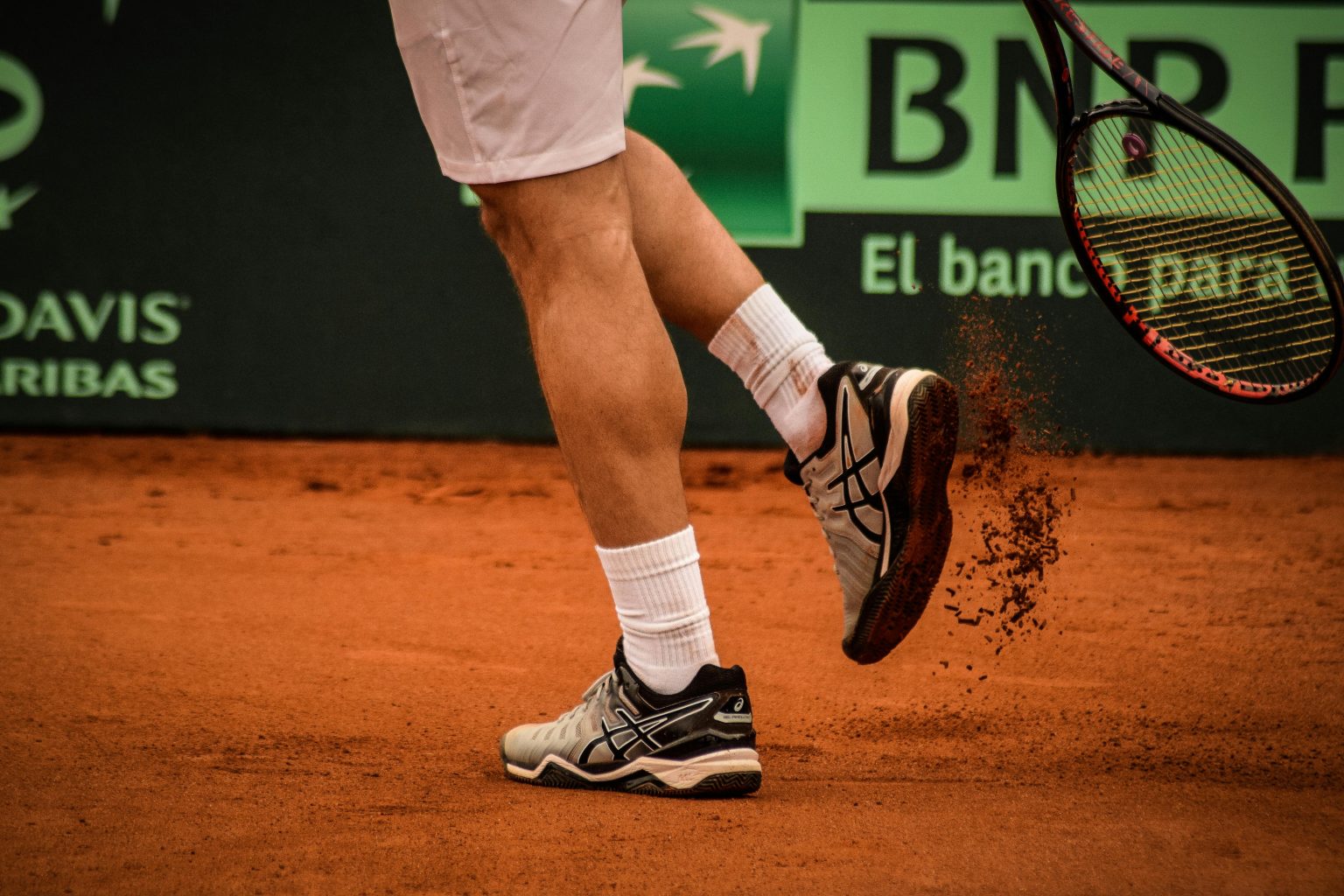Tennis trainers and rebounders have become a viral sensation on TikTok, sparking a surge in interest.
In fact, global Google searches for the term tennis trainers have increased by 64% in the past 30 days.
Alex Lovén MBE, founder of the sports and training equipment platform Net World Sports, explains what this piece of kit is, how trainers and rebounders vary, and how they can help transform complete novices into confident, seasoned players.
Rebounders and trainers are excellent tools for beginners or anyone looking to take up tennis, whatever the reason. They are also ideal for intermediate players seeking a convenient way to practise and refine their skills.
What’s more is that these pieces of equipment, unlike coaching sessions or club memberships, are far more affordable, making them ideal for those beginning their tennis journey.
Interestingly, purchases of tennis rebounders on the Net World Sports platform have risen by 200% in the past week.
What exactly is a tennis trainer/rebounder?
A tennis trainer is a ball-on-a-string style piece of equipment that allows players to practise their strokes independently, without the need for a court, net, or partner. It is also portable, making it a more convenient option than a rebounder.
Tennis trainers typically consist of a weighted or fillable base (with water or sand), connected to an elastic or rubber cord. This cord is fitted with either a replaceable tennis ball or a pressureless ball.
To use it, the player hits the ball with a racquet using any stroke, forehand, backhand, or volley. The cord stretches and then rebounds, returning the ball to the player, who can repeat the motion. This repetition helps to build rhythm, coordination and overall technique.
Rebounders, on the other hand, work in a similar way, but use a net or frame structure instead of a cord and ball.
You hit the ball against the net or surface, and it rebounds naturally depending on the angle and force of your shot. Some rebounder models are designed to simulate specific shots, such as volleys or lobs, based on the net’s tension and angle.
As mentioned, both trainers and rebounders are useful for players of all skill levels, offering a convenient and affordable way to improve technique, timing, and consistency.
Here are other ways trainers and rebounders can improve skills, especially for newbies to the sport:
Immediate feedback and consistency
The main purpose of these devices lie in their name, training and rebounding. As the ball returns to the player with each hit, it allows for continuous practice of strokes. This consistency is especially valuable for beginners, helping them become familiar with each type of stroke and build essential muscle memory.
Furthermore, it supports the development of timing, rhythm and coordination, all of which are critical skills in tennis.
Building fundamental skills
Beginners benefit significantly from mastering the fundamentals, such as forehands, backhands and proper footwork. Developing these core skills early on can help them progress more quickly and with greater confidence.
For more experienced players, using these devices provides an effective way to refine and reinforce their technique, particularly if the model is designed to simulate and work on specific shots.
Key skills developed include:
- Hand-eye coordination, improved by tracking the movement of the rebounding ball.
- Timing, essential for enhancing hand-eye coordination and overall reaction speed.
- Stroke technique, promoted through repeated practice and proper follow-through.
- Footwork and movement, while the trainer is stationary, the ball’s rebound can vary in angle, encouraging quick thinking and agile movement.
- Ball control, consistent use can improve a player’s ability to direct and manage the ball with precision.
Boosts stamina
When used consistently as part of regular home training, rebounders and trainers can significantly boost both fitness and stamina.
Repeated strokes, rapid reflexes, and continuous movement all increase heart rate, which over time can enhance cardiovascular endurance.
Agility and speed also develop with use, both essential on the court. Reacting to the rebounding ball trains the body to move quickly and efficiently, enhancing responsiveness and agility.
Regular training improves balance and body control, as players must stay stable while executing strokes and adjusting to unpredictable returns. This contributes to better coordination and physical stability.
Mental stamina is another key benefit. The repetitive nature of rebounder training helps build concentration, resilience and mental endurance, all vital for long matches and extended practice sessions.
While these devices are primarily regarded as skill development tools, they also provide a low-impact yet effective method of improving physical fitness and overall stamina. When incorporated into high-repetition, short-rest drills, they make an excellent addition to any home gym setup.



